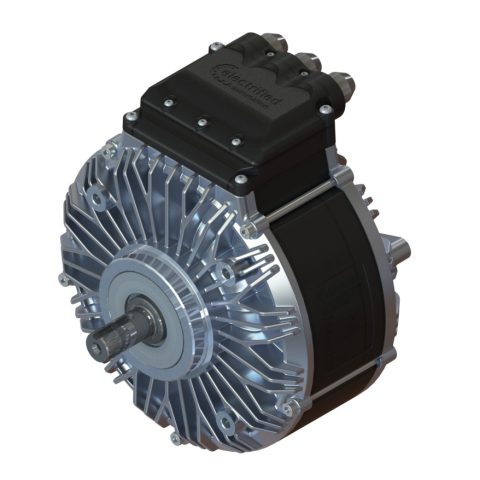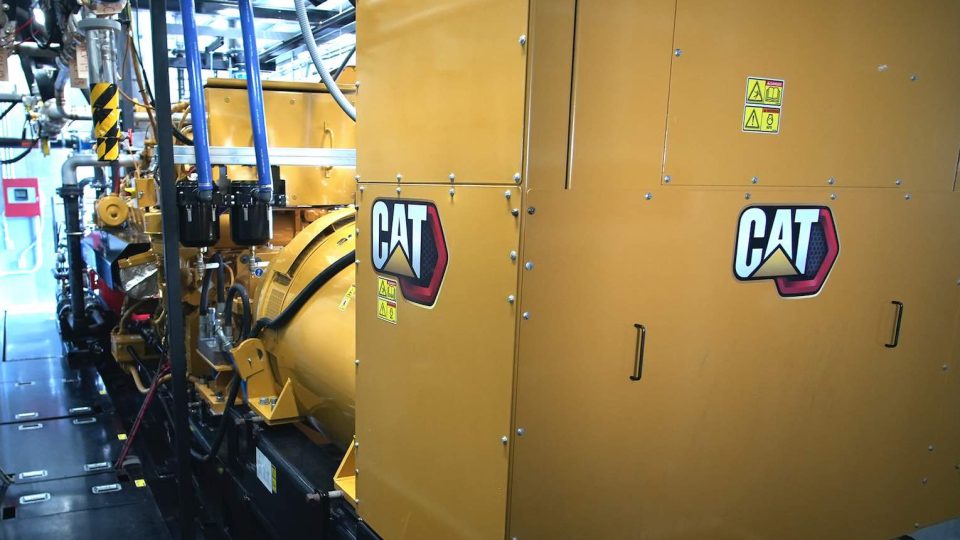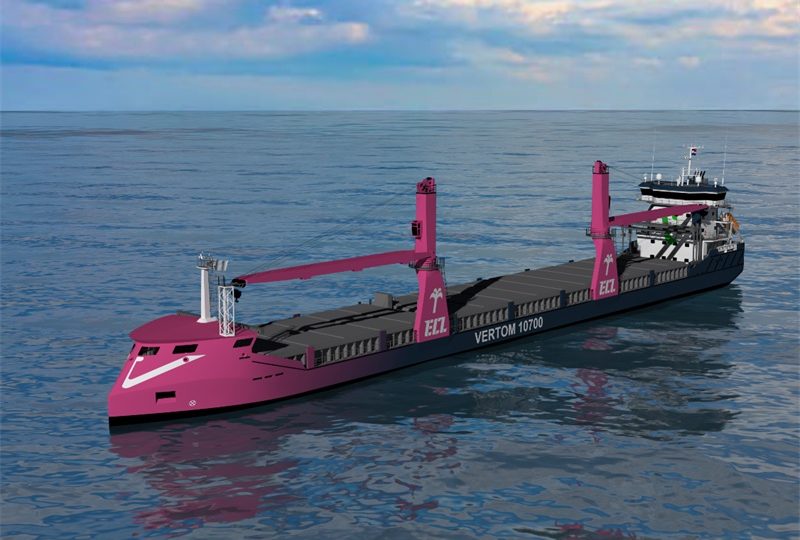Electrified Automation EA Series
The UK-based company Electrified Automation launched next generation electric motor

Electrified Automation is moving in the direction of creating an electric motor platform capable of fitting multiple application areas. They just launched a new electric motor range. The UK-based company is a player in the electrification technology scenario, developing automation platforms and processes for high volume electric motor manufacturing. As we know, accelerating the spread of electrification requires the commitment of all stakeholders.
Listening for the Electrified Automation protagonists
The EA 193 Series permanent magnet electric motors will support a range of applications from two-wheel-on-road to industrial.
Jim Winchester, Managing Director at Electrified Automation, said: “For three years we have been challenging conventional electric motor manufacturing methods with our automation technology. We have had an incredible response from customers and automation will always be a cornerstone of our business, but our future is about using this as a platform to take our own motors direct to market. Our team have worked incredibly hard and delivered a product that achieves maximum performance in a compact package. Alongside this, the game changing patented design will provide size, weight and performance benefits for a whole host of applications.”
He went on to say: “We also know that a major priority for OEMs is a reliable and responsive supply chain that can deliver the volumes they want when they want them. That’s why we have designed the motor architecture to maximise the automation potential, so it is fully optimised for high volume production.”
Another example in 6 points: Electric motor Dyno
- System Components:
- Test Equipment: Includes voltage and power measurement devices, speed and torque sensors, and necessary connectors.
- Inverter Options: Provide a selection of inverters suitable for the desired voltage and power range (24-144 volts, 0.5-60 kW).
- Cooling Options: Offer both air and liquid cooling methods, allowing users to choose the option that best fits their needs.
- Pre-configuration and Setup:
- Pre-Installed Software: The turnkey solution should come with pre-installed software that allows users to control and monitor the system.
- Calibration: The system should be pre-calibrated to ensure accurate measurements and reliable performance.
- Quick Start Guide:
- Documentation: Provide a comprehensive quick start guide that includes step-by-step instructions for setting up the system and configuring the software.
- Connection Instructions: Clearly outline how to connect the test equipment to the device under test (DUT), including necessary cabling and connections.
- Live Indicators and Real-time Data:
- Dashboard: The software interface should include live indicators for speed, torque, voltage, and power, allowing users to monitor these parameters in real-time.
- Data Logging: Enable the system to log and store test data, allowing users to analyze and review the results after the tests are completed.
- Real-world Simulations:
- Simulation Software: Offer simulation capabilities within the software, allowing users to simulate real-world scenarios and test different parameters virtually.
- Training and Support:
- User Training: Provide training materials, videos, or tutorials to help users familiarize themselves with the system and its functionalities.
- Technical Support: Offer technical support channels, such as email or phone, to assist users with any questions or issues they may encounter during setup or operation.










